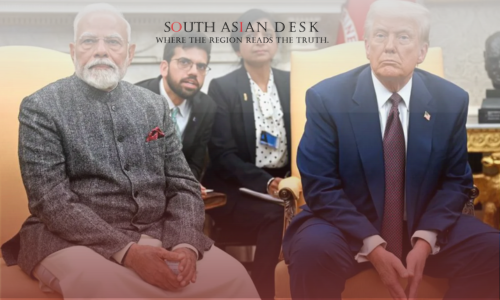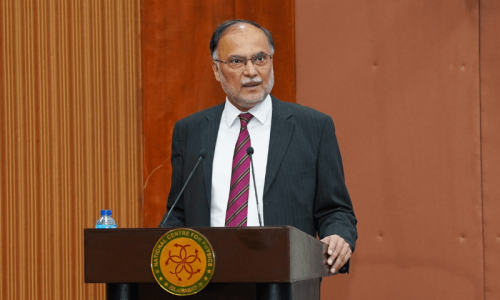Negotiations for an interim India-US trade agreement, anticipated to be finalized by early July, have hit significant obstacles, raising doubts about its timely completion. The deal, described ambitiously by US leadership, aimed to strengthen economic ties through concessions on tariffs, agricultural goods, and industrial products. However, recent developments suggest that disagreements over key issues may delay or derail the process.
India has expressed willingness to lower tariffs on certain American farm products, such as nuts and cranberries, which pose little threat to its domestic markets. Yet, the US push for access to more sensitive sectors, including food grains and dairy, has met resistance. These sectors are politically and economically significant in India, where protecting local farmers remains a priority. Sources indicate that India’s negotiating team, led by a senior commerce official, has extended its stay in Washington to address these sticking points, but progress remains elusive. Without a resolution, Indian goods could face steep 26% tariffs, a move that could strain bilateral trade relations.
Posts on X reflect growing skepticism about the deal’s prospects. Some users note India’s cautious approach, citing domestic pressures to safeguard agriculture. Others highlight the urgency of finalizing terms before new US tariff policies take effect, underscoring the high stakes for both nations. These sentiments align with reports that India’s initial enthusiasm for a swift agreement has shifted to a more guarded stance.
The negotiations also face challenges over non-agricultural issues, such as steel and automotive tariffs, where both sides have struggled to find common ground. India’s push for balanced concessions reflects its need to protect local industries while fostering trade. Meanwhile, the US seeks greater market access, creating a complex dynamic that tests the resilience of this partnership.
As discussions continue, the outcome remains uncertain. A successful deal could bolster economic cooperation, but unresolved differences may cast a shadow over the touted “big, beautiful” agreement, leaving businesses and policymakers on both sides awaiting clarity.
Published in SouthAsianDesk, July 1st, 2025
Follow SouthAsianDesk on X, Instagram and Facebook for insights on business and current affairs from across South Asia.




![Collage of COAS Field Marshal Munir [L] and US President Donald Trump. — ISPR/AFP](https://southasiandesk.com/wp-content/uploads/2025/06/18090415659519a-2.jpg)